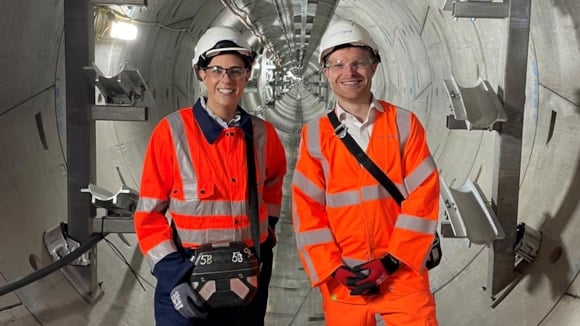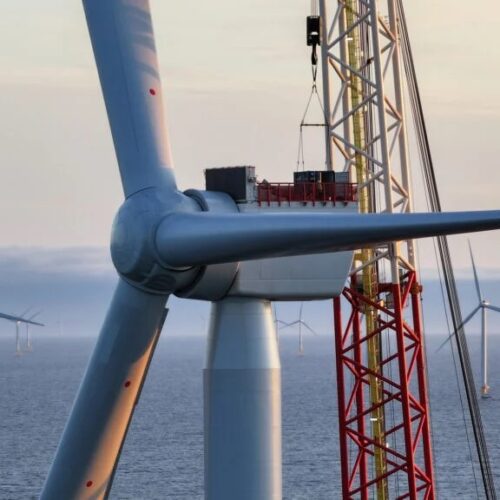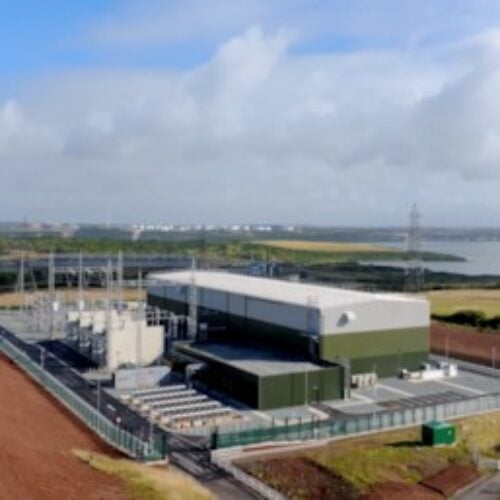Energy ministers from the Scottish, Welsh and UK governments have asked the newly formed National Energy System Operator (NESO) to provide a blueprint for Great Britain’s energy infrastructure out to 2050.
The strategic spatial energy plan (SSEP) is intended to increase stability for investors by reducing grid connection wait times, reducing overall system costs and accelerating the government’s clean energy superpower mission.
Pitched as the first ever strategic spatial plan for energy out to 2050, NESO will look at how best to locate new energy projects across the country, taking into account other sectors such as transport and water supply as well as the environment.
Taking a wide-angled approach should speed up delivery and reduce overall system costs. The first iteration of the plan will be published in 2026, with a focus on electricity generation and storage from offshore wind farms to pumped storage hydro.
The commission has thus far only set out the process for producing the first phase of the SSEP. This includes establishing a governance structure, including a SSEP Committee which will be responsible for setting strategic direction, with members from NESO, the UK, Scottish and Welsh Governments, and the energy regulator, Ofgem.
Minister for energy Michael Shanks, who will launch the strategy in parliament today (22 October), said that the strategic approach will provide the long-term certainty and stability investors have been “crying out for”.
Acting cabinet secretary for net zero and energy, Gillian Martin MSP added that maintaining investor confidence throughout the process will be “key to the plan’s success”.
She added: “It is also vital that [the plan] takes into account the nature of devolved policies and ambitions, delivers real benefits for the people and communities of Scotland and supports our ongoing efforts for a just transition.”
Likewise, Welsh government cabinet secretary for economy, energy and planning, Rebecca Evans, said: “In Wales, we have been developing plans to meet our energy needs at the local, regional and national level for some years and look forward to working collaboratively with the NESO and others to feed into these UK-wide plans.
“Getting this right will help ensure we deliver the best possible outcomes for our communities and our industries through the considered development of the clean energy they will need to power them.”
NESO to provide energy systems plan
NESO will develop several options for how the energy system could look in the future which will be presented to ministers. The chosen option will be taken forward to public consultation alongside detailed environmental assessments.
UK energy regulator Ofgem’s CEO Jonathan Brearley welcomed the news, stating that the firm will work alongside governments and NESO. The commission to NESO states the ambition that the UK, Scottish and Welsh governments and Ofgem to endorse the final SSEP alongside its publication, adding that a key principle underlying the SSEP is to seek consensus between organisations.
NESO is also producing 2030 Clean Power Advice for the UK government, per the request of Shanks and energy secretary Ed Miliband. The advice will be independent of the SSEP but it is expected that recommendations given as part of the 2030 advice will be relevant to the SSEP and should be considered in the methodology and development of the plan.
Shraiya Thapa, clean energy knowledge lead at national law firm Freeths cautioned: “The SSEP, like its upcoming predecessor the 2025-2030 Clean Energy Plan, will inform what types of energy infrastructure are needed where, when and in what quantities in Great Britain.
“This will create inevitable winners and losers when it comes to energy projects. The government will be trying to walk a fine line between delivering its strategic mission and not disincentivising private capital, its current main method (at least for the moment) of delivering that mission.”
The government recently confirmed over £24 billion in private investment in energy projects just ahead of the 2024 Investment Summit, including £12 billion over the next four years promised by Spanish-headquartered utility Iberdola.






